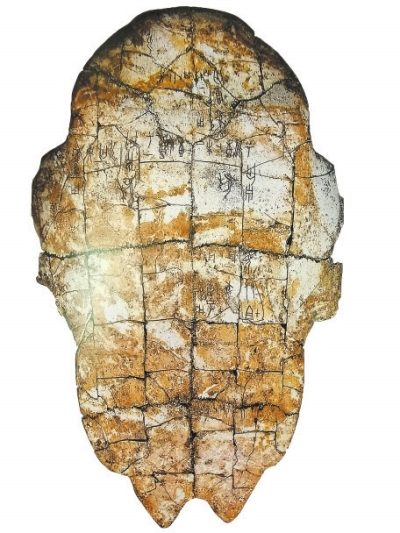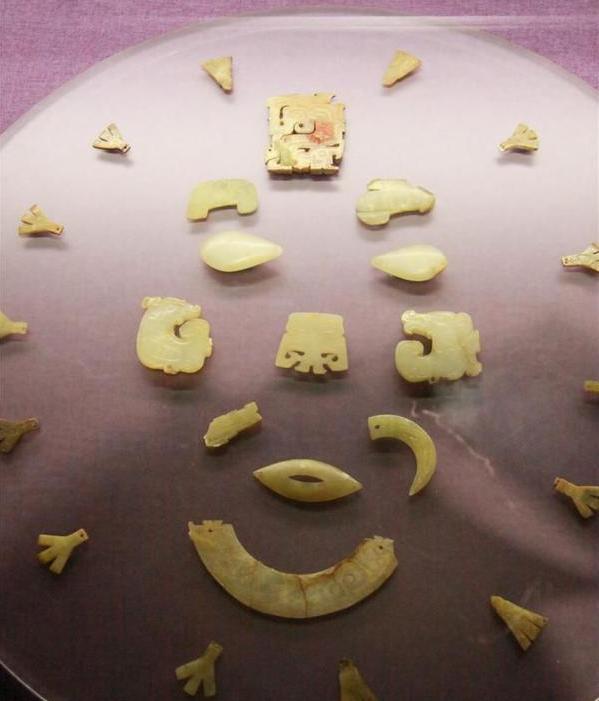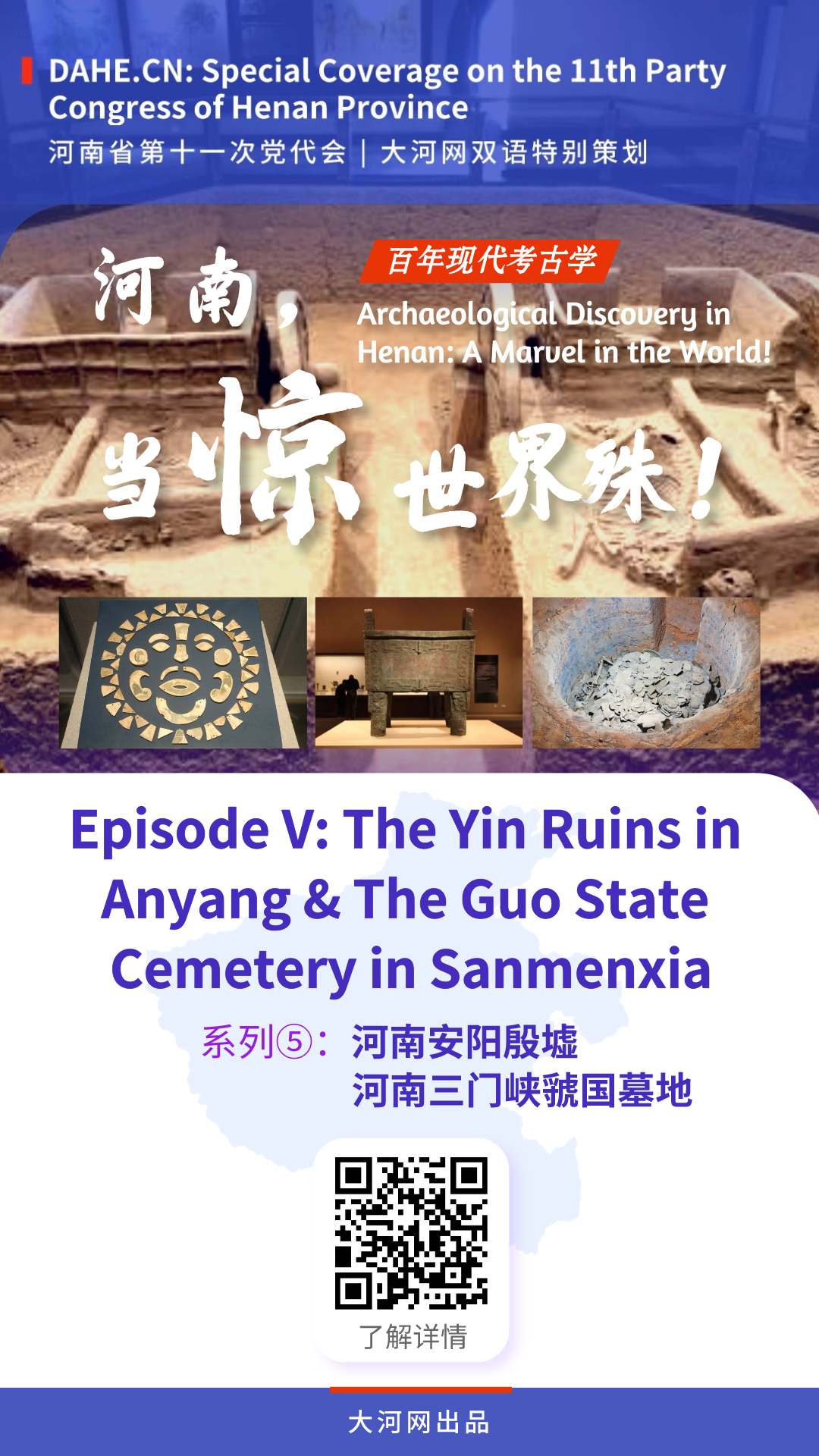Henan province has 14 items listed among the recent-concluded selection of "China's 100 Major Archaeological Discoveries in Last 100 Years", ranking 1st nationwide.
During the 11th Party Congress of Henan Province, we are launching the Archaeological Discovery in Henan: A Marvel in the World series featuring 7 bilingual stories about Henan's 14 items in "China's 100 Major Archaeological Discoveries in Last 100 Years" to demonstrate Henan's long history and rich culture.
Here is the 5th episode: The Yin Ruins in Anyang & The Guo State Cemetery in Sanmenxia.
Click on the video above
The Yin Ruins in Anyang
Situated on both banks of the Huanhe River to the northwest of the nationally famous historic and cultural city Anyang, Henan province, the Yin Ruins was the capital site of the late Shang Dynasty. Dating back to 1,300 BC, the Yin Ruins was the first capital site confirmed by historic documents, oracle bone inscriptions (China's earliest mature writing system) and archaeological excavations in China. During the 255 years from Pan Geng who moved the capital to Yin (the area around Xiaotun) around 1,300 BC to Di Xin, the last king of the Shang Dynasty who ruled the country until 1,046 BC, Yin was built as a political, economic, military and cultural center.
The oracle bone inscriptions. [Photo by Zhang Xiuxia for Henan Daily]
"The Yin Ruins is famous for its oracle bone inscriptions, bronze wares and capital remains," said Xia Nai, a famous archaeologist. Since the founding of the People's Republic of China in 1949, millions of pieces of cultural relics have been unearthed from the Yin Ruins, including more than 50,000 pieces of precious ones highlighted by the world's biggest and heaviest bronze ware Simuwu Ding or Houmuwu Ding (Ding, ritual vessel). Regarded as one of the most important capital sites in ancient China, its planning and layout had a significant influence on the construction and development of subsequent capitals of China.
The Yin Ruins was listed in the first group of major historical and cultural sites protected at the national level in March 1961 and ranked the first place among China's 100 Major Archaeological Discoveries in the 20th Century unveiled in March 2001. Notably, it was registered into the World Cultural Heritage List on July 13, 2006.
The Guo State Cemetery in Sanmenxia
It is discovered that, in the north of Sanmenxia city of Henan province, the orderly-arranged and well-preserved cemetery of the Guo State classified in hierarchy was used only for the kings and nobles of the Guo State from the late Western Zhou Dynasty to the early Spring and Autumn Period.
Jade-decorated Face Mask. [Photo/Henan Daily]
The Guo Sate cemetery was first discovered in 1956 with more than 250 tombs and a large number of jade and bronze wares unearthed during the 2 rounds of major excavations. Lots of precious first-grade cultural relics were discovered in 2 of the kings' tombs, such as the exquisite Jade-decorated Face Mask. The discovery of the Guo State cemetery not only presented abundant physical evidence for the study of the Zhou Dynasty and the chronology of the early dynasties, but also filled the archaeological gap related to the Western Zhou Dynasty.
The tombs of Guo Ji (M2001) and Guo Zhong (M2009) were listed among China's Top 10 Archaeological Discoveries in 1990 and 1991 successively. In November 1996, the Guo State cemetery was listed among the fourth group of major historical and cultural sites protected at the national level. (Source: dahe.cn Translator: Zhao Hanqing Video & Poster: Wang Junyi Proofreader: Jiao Dan)
Related reports
Special Coverage on Party Congress | Episode I: The Jiahu Site & The Peiligang Site
Special Coverage on Party Congress | Episode II: The Yangshao Site & The Miaodigou Site
Special Coverage on Party Congress | Episode III: The Shuanghuaishu Site & The Erlitou Site





